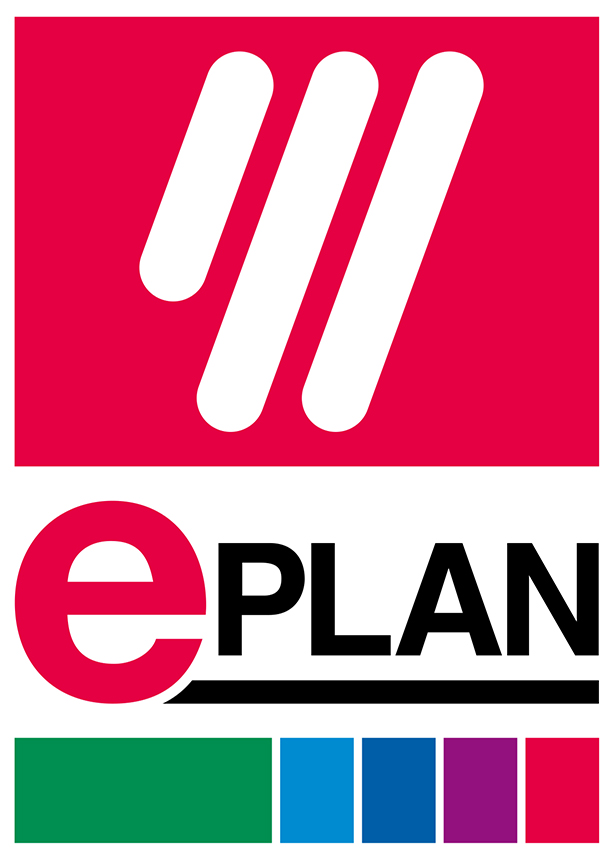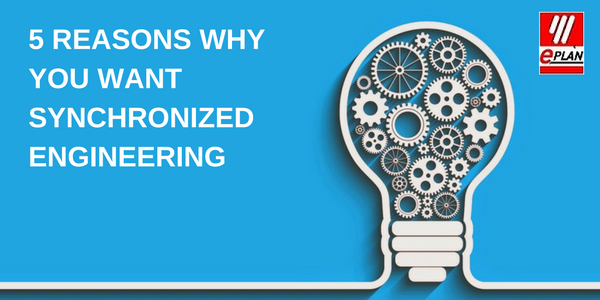In partnership with CIDEON, EPLAN Software & Service is excited to announce the upcoming launch of Syngineer in the Americas. Introduced earlier this year at the HANNOVER MESSE, the world’s largest technology fair, Syngineer brings to life the vision of mechatronic engineering.
In simple terms, mechatronic engineering is the integration of mechanical engineering, electrical engineering, computer control and information technology into the design process. In contrast, current product design methods involve a siloed approach where information is circulated among the disciplines. Mechatronic engineering integrates the various disciplines, allowing them to collaborate and work on projects simultaneously.
SEE ALSO: 4 WAYS MECHATRONICS WILL TRANSFORM PRODUCTION
With Syngineer, synchronized engineering becomes a reality, creating a shared design construct that streamlines processes, speeds production, and enhances the efforts of all engineering disciplines.
Here are five reasons why manufacturers want synchronized engineering:
Shared Vision
Each discipline involved in the design of a machine brings their own unique methodology to the process. Mechanical engineering's approach is generally component-based and oriented towards procurement, manufacturing, and assembly processes. In controls engineering, the approach is function-based where structuring, standardization, and reusability are factors in successfully automating engineering processes. In software engineering – specifically PLC control – software developers use function modules. While the disciplines have differing approaches to product design, they are all working on designing the same machine and a shared approach to machine building results in a better end product.
With Syngineer, engineers from different disciplines communicate with each other in real time via a common mechatronics product structure. Important information is not lost in the communication process and a great deal of time is saved. Syngineer also offers a chat function, allowing for instant communication during the design process.
Additionally, engineers are notified when changes are made. For example, the mechanical engineer and software developer automatically receive a notification when the electrical engineer changes an electric motor to a different model. They can then check to see if the change affects their own work.
A Unified Viewpoint of the Machine
Syngineer portrays the requirements and functions of the machine in a clearly defined structure so that the core information for all disciplines is documented, which is then used to derive the technologies and specific machine functions required. The structure of a machine can be individually created and processed in Syngineer according to customer requirements. EPLAN, and CIDEON, have already developed concepts and templates to portray customer products within such structures.
Automated Data Exchange
One of the hallmarks of the EPLAN Experience is that the software sits on top of the company’s database, ensuring data integrity throughout the project’s timeline.
Syngineer further enhances this functionality by connecting engineering disciplines to the data and providing mechatronically relevant information that is structured and documented by the communication platform. For example, customer requirements and how these are implemented into functions and technologies can be represented, which also include details of the mechatronic components involved. Structures can range from basic to complex systems-engineering structures. So the core information for all disciplines is documented, which is then used to derive the technologies and specific machine functions required.
Component-Based Design
Up to 80% of machine tasks are variations of tasks it has performed before. Within Syngineer, the engineering team can develop standardized modules that can be utilized as part of future designs. Using a modular solution for the bulk of the design not only speeds the design process, but results in a better, more stable product with documentation and coding embedded within the mechatronic modules. Over time, a library is built of these precisely designed components, bringing even greater efficiencies to the production process.
Expanded PDM/PLM Functionality
Syngineer does not compete with PDM or PLM systems, but instead expands their functionality. Discipline-specific processes are still managed within the usual PDM/PLM system. Components from the discipline-specific authoring systems are synced with Syngineer, which then transmits ‘building instructions’ for the mechatronic bill of materials to the PDM/PLM system. Therefore, the mechanical and electrotechnical bill of materials no longer needs to be manually synchronized to avoid duplicates when ordering.
Syngineer is scalable to enable a gradual entry into mechatronics engineering. EPLAN provides your company the required support needed through our EPLAN Experience consultancy which is a methodological, step-by-step process to increase engineering efficiency and design optimization.
EPLAN welcomes inquiries about mechatronics and Syngineer. Please click here to learn more.






